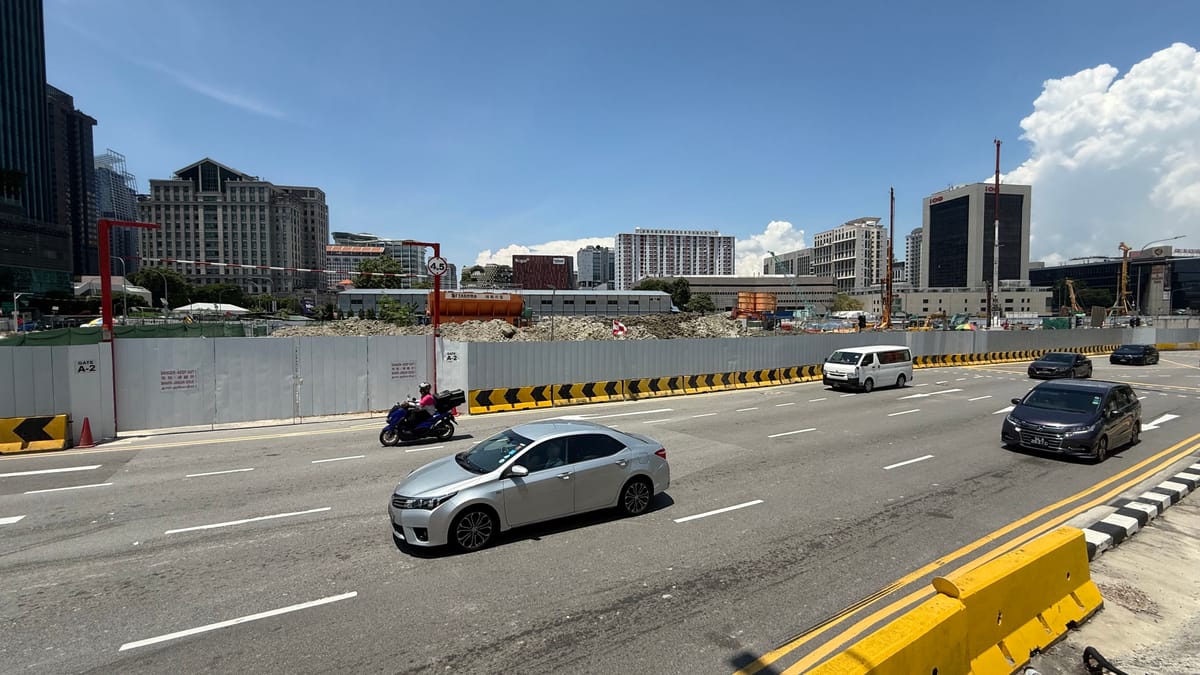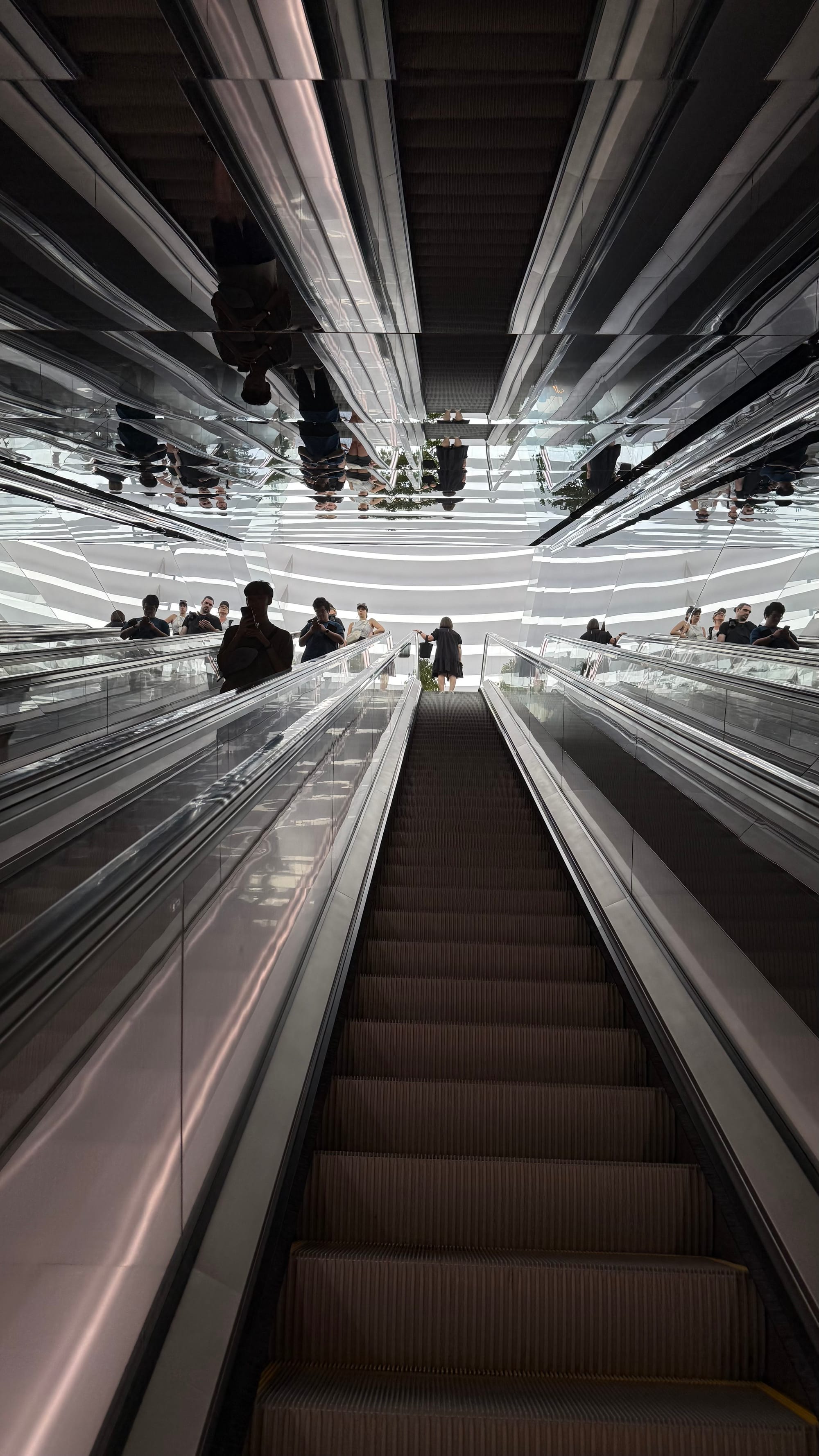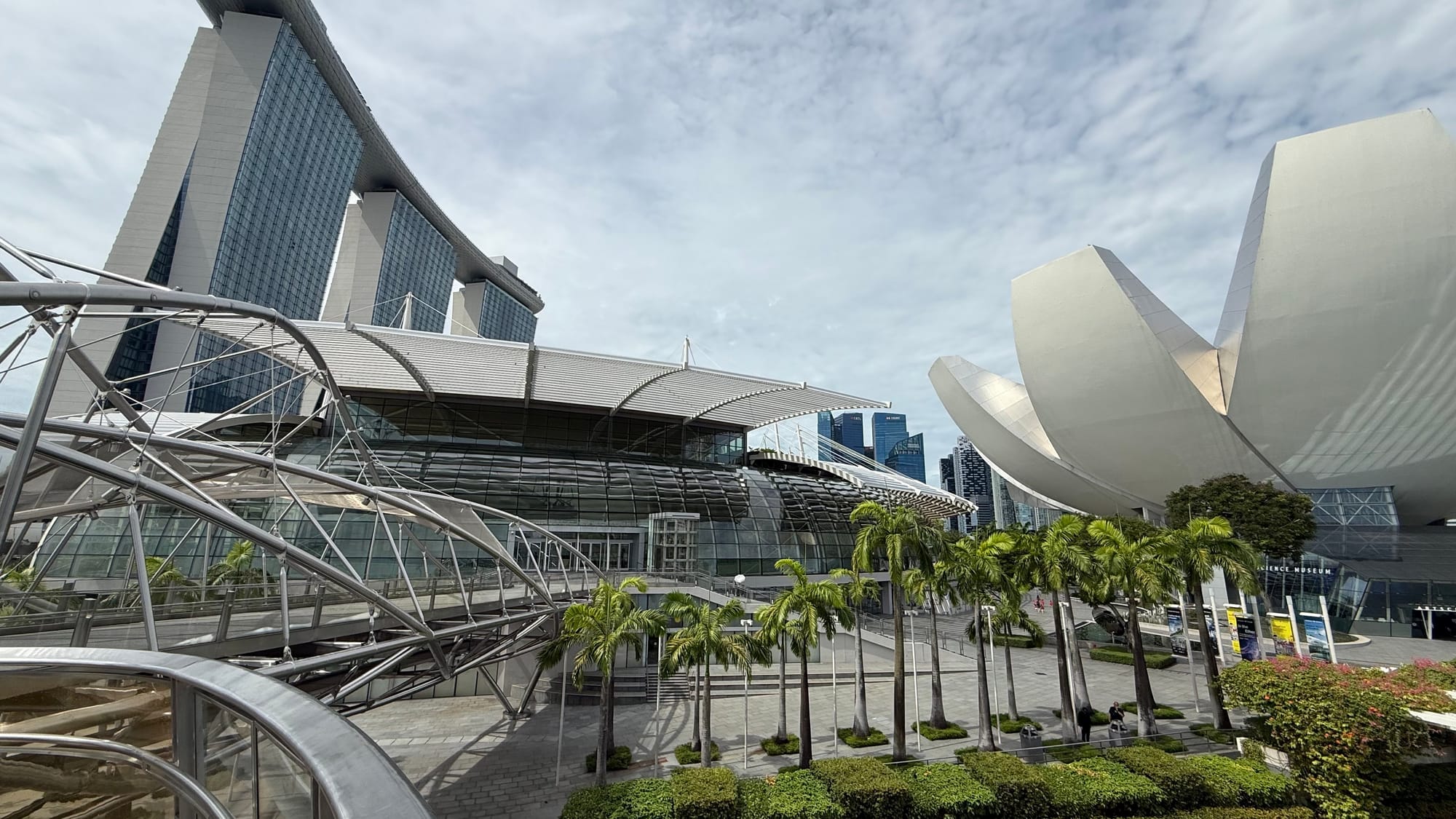A Blueprint or a Warning? What Singapore’s Perfection Costs
While average wealth soars in Singapore, the median person falls behind. A look at the hidden inequality behind the city's success story.

To arrive in Singapore from New Zealand is to witness a city being furiously constructed, not a final product.
Quiet competence and construction dust fill the atmosphere. Steel reeds dot the skyline with cranes, and new coastlines are being reclaimed from the sea. Singapore is not an auto-piloted pothole-free future that you merely step into; it is a nation actively, relentlessly building that future, day by day. And it is already using AI to flag potholes to maintenance teams to be dispatched almost immediately.
We often look to this island nation with envy, admiring its economic dynamism and its success in solving the infrastructure issues we constantly discuss. It appears to be the perfect meritocracy, where effort equals reward and success follows.
The Meritocracy Myth
But the gleaming surface of this pressure-cooker society conceals a more complex and troubling reality. Back in the early 2000s, before I chose to make New Zealand my home, I briefly considered a move to Singapore. As a psychologist, I scanned the job market and saw a distinct pattern: role after role seemed focused on dealing with stressed-out children and their equally stressed-out parents. My conclusion then, albeit on a limited dataset, was that the root cause—an intensely competitive educational system—was baked into the very foundations of the society. Spending a mere nine days here has only strengthened that conclusion.

Singapore, like many places, focuses on the good and downplays the bad. For years, the official statistics on inequality have been a point of pride. But this narrative is beginning to unravel. The government itself is now acknowledging a more difficult truth, with plans to recalculate its Gini coefficient to include investment and rental income—sources of money that largely benefit the wealthy. It’s a quiet admission that the official numbers haven’t been telling the whole story.
A Bombshell Statistic
The story they’ve overlooked is wealth, not simply income. A stunning 2024 UBS report revealed that while the average wealth of an adult in Singapore grew by an incredible 116% between 2008 and 2023, the median wealth—the number representing the person exactly in the middle—actually fell by 2%.
It is a bombshell statistic.
In effect, the vast majority of the gains from Singapore’s celebrated economic growth have been enjoyed by the top earners, whereas the typical person has seen their wealth stagnate or diminish.
This isn’t just a number on a page; you can see it on the streets. It is the jarring juxtaposition of advertisements for firms managing the fortunes of the ultra-wealthy, plastered on the side of a bus shelter, while just a few blocks away in Little India, you see migrant workers sleeping in alleys on flattened cardboard boxes. The ends of the bell curve are stretched to their extremes.
The Price of a Stagnant Middle
Many Singaporeans seem aware of this. For me, there is a palpable sense that social mobility is low, that you can become trapped in your ‘lot’. This, I believe, is what supercharges the national obsession with educational attainment. When other pathways to social mobility—class, connections, status—feel closed off, education becomes the only pathway. It intensifies the famous Singaporean trait of ‘Kiasu’—the fear of losing out. The pressure on children is immense because the stakes feel permanent.
A Cautionary Tale for New Zealand
And so, as I prepare to return home, I reflect on what this means for New Zealand. We are already grappling with our own crisis of increasing inequality. Do we really want to import a model that appears to put that dynamic on steroids? Does this solution only add more stress to a generation already struggling?
There are crucial differences between our societies that we should cherish. We have a pressure valve that is unavailable to many in Singapore. Our citizens can leave freely. There is no national service obligation that locks young men into staying. But as the documented exit of young people to pastures fresh outside of New Zealand shows, perhaps this is a double-edged sword. Our debates around immigration, for all their flaws, do not include a formal policy of creating a low-wage, low-rights, migrant workforce, where it’s deemed acceptable to transport people in the back of a truck without seat-belts (or even seats) because a different standard of health and safety applies to them.
Singapore is a striking, complex, and successful nation. But this is not Wonderland. It is a system with profound trade-offs. As we look overseas for blueprints of success, we must be careful not to import the problems along with the prosperity.




Comments ()